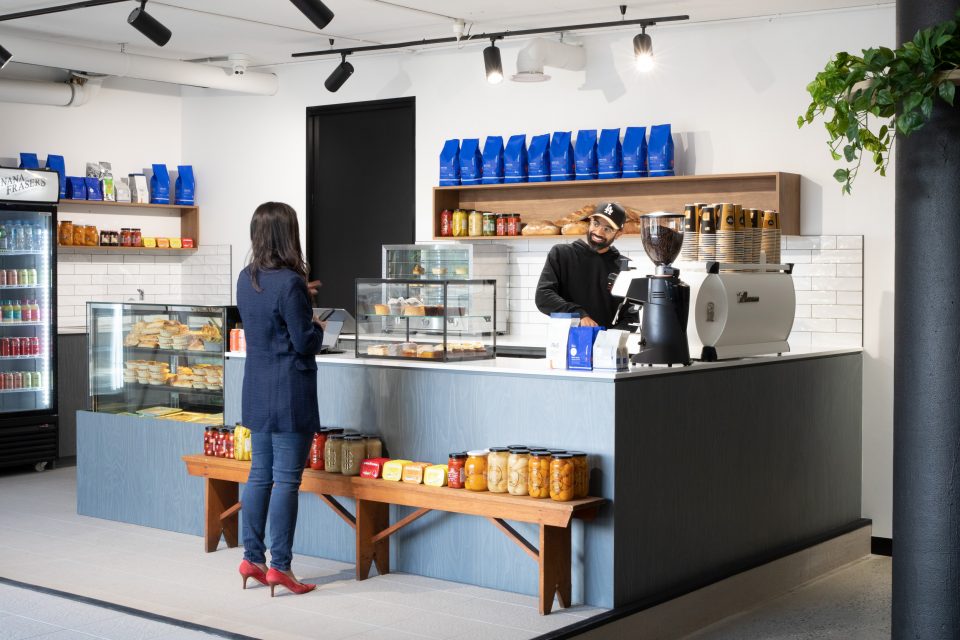The Coworking Model: Movement To Industry

Through the power of the internet, new ways of working are becoming commonplace.
As put forth by The United Workplace, there is also a “generational and demographic dimension to this change, as millennials prefer more flexible working arrangements.” The hybrid working model, facilitated by coworking spaces, is increasing in popularity.
What is this, you may ask?
As described by Coworking Insights, a hybrid working model enables a worker to either “log in from home or occupy an office location while they complete their daily tasks.” Coworking spaces enter this equation in that they tie in nicely with this flexible model. Workers do not need to commit to a full week, choosing to come into the coworking space when they please.

Projections featured in Medium suggest that there will be approximately 41,975 coworking spaces worldwide by the end of 2024.
This is mirrored by growing coworking giants, such as WeWork. In the first quarter of 2019, WeWork sat at around 466,000 members worldwide. 4 years prior, they were at 7,000.
As Medium states, coworking is also empowering cities and communities to retain their talent. Employees no longer need to relocate to cities to widen their horizons. All they need is to “plug into” a coworking space, and still be able to “work for their dream company.” The effect of the stay-at-home orders of the pandemic are dually addressed by Medium, in that they ignited traditional businesses to move towards remote work after long resistance. Effectively, the pandemic is said to have proved to managers that remote work is possible. In conjunction with lowered costs, its efficacy was increasingly acknowledged.
Coworking spaces are a new industry. As highlighted by SpaceIQ, there is no defined method for success, as operators continue to experiment with business models and offerings. Whilst in the past, talent came to their doors, coworking spaces today are largely focus on attracting talent and startups. To achieve this, the offerings of services and resources are being built upon, by consequence engulfing traditional incubators.
Additionally, SpaceIQ claims that there is a large focus on the artistic or visual component of the space. This is said to “[bridge] the gap between the uniformity of the business world and the eccentricities of individualism.” Nonconformity is also argued as spurring popularity.

“There a few coworking conglomerates making a name for themselves in this industry—including the likes of WeWork, Knotel, and Impact Hub. But there are numerous smaller players at the local level catering to diverse niches. It’s these small players that have reached the point of opening second or third locations, or chaining into other nearby cities.”
– SpaceIQ
These niche spaces are said to afford a more catered experience, augmenting variety in the “same way people prefer their local coffee house to Starbucks.”
However, the potency of corporate adoption must not be ignored. According to WeWork, 22% of Fortune 500 companies have members that work out of their coworking spaces. As stated in OpenWork, from the research of Ibid, 80% of all new members of coworking spaces in 2010 were freelancers or belonged to small businesses/startups. By 2017, this had reduced to 39%. For OpenWork, this highlights the growth of the industry, with corporations becoming increasingly cognisant of this new industry.

“More firms are realizing that in order to create employment value propositions (EVPs) capable of attracting and retaining top talent, workplaces need to be extensions of employees’ social lives.”
– OpenWork
In summary, transforming working methods are influencing office design.
As stated by The United Workplace, “many companies are adopting some of the characteristic features of co-working spaces,” upon realising their efficacy and profitability. Moreover, the variety of coworking spaces is expanding, with spaces for women, tech geeks, scientists, writers, and many more.
WHAT ARE YOU WAITING FOR?
Join the family & recharge your innovative mind, please call (03) 7064 9669 or email [email protected]




